Companies are looking at diversifying their supply sources, whether this means on-shoring, near-shoring or simply adding alternative regions to the existing base. This is not a quick process. Suppliers have to be identified, certified and tested. Order patterns have to be established and inventory policies implemented. Supply chain strategies take data, analysts and time.
Whether you are a manufacturer, distributor or retailer you have to be able to support more direct consumer channels than you may have in the past. This will involve better collaboration, inventory management and alternative fulfillment and transportation options. Again, this requires data, analysts and change management.
The companies that will lead the pack are the ones that recognize the permanency of the COVID changes and establish long-term supply chain strategies to mitigate risk and guarantee products and services to the end-customer.
Planning for Supply Chain Flexibility
An exponential boom in e-commerce sales has created significant congestion for last mile deliveries. The effect has spilled across the entire supply chain. At distribution and fulfillment centers, some shippers have seen their small packages go unshipped due to volume caps implemented by parcel carriers. Elsewhere, LTL carriers facing heightened shipment volumes at their terminals have delivered fluctuating service levels.
As a result, many companies are re-examining how they complete final deliveries to their customers, a process that retail giants like Amazon have nearly mastered. More and more companies are shifting their supply chain planning to include expedited service from either existing brick-and-mortar facilities or an adjusted network of distribution centers. Smaller, urban fulfillment centers added in certain areas can help skirt site-specific volume limits. More options make you less susceptible to geography-based capacity constraints.
But you must understand how those changes in your supply chain strategy affect cost and service performance.
Through its ability to evolve a massive local network, Amazon proved to be among the most reliable carriers during the pandemic disruptions. But few companies have the deep pockets to establish an Amazon-like network with large distribution centers and cross-dock strategies.
There are ways you can compete with that sprawling service network – and ways you cannot. SKU rationalization, margin analysis of different channels and overall network design analysis can help businesses of any size understand where growth is possible and where it is not. From there, you can align your supply chain planning based on the demand patterns of your business.
Look Upstream to Determine Opportunity
With everything happening in the supply chain environment, it is important to get outside of your business and examine your network upstream to your suppliers. This provides insight in several important areas.
Over the past 20 years companies have worked to reduce and remove inventory where possible, achieving the absolute least cost in the process. Today, you must balance inventory, determine which inventory is right, and even decide the right customers to serve. Understanding your processes, as well as those of your partners, is integral to supply chain strategy.
When your retail partner asks you to drop ship product to their customers, can you segment your inventory into the different physical channels to both serve those individual orders and continue filling regular store-level inventory needs?
How should your inventory model change as you move toward insourcing or reshoring? With longer lead times and growing landed costs from foreign vendors, local suppliers allow you to manage a smaller inventory or direct ship to customers and ultimately lower overall cost. Do you have the contingencies in place across your network of vendor partners to deploy local or regional sourcing in the event of overseas disruption?
By stepping outside your own walls and understanding processes upstream and downstream – as well as their alternatives – you become a stronger business, especially if you can offer your suppliers visibility into your own demand. Ultimately, that level of collaboration helps your partners plan better, improving efficiency and service to you in the process.
By helping clients understand their total value stream with lean-minded supply chain strategy consulting, Transportation Insight helps them visualize how changes to their network can improve cost and service across their transportation environment.
Capacity for Change can Limit Improvement
Achieving flexibility in your supply chain requires both an ability to recognize when processes are not performing and a willingness to change. It became especially clear during the pandemic that a lot of companies don’t know how to implement change.
Leadership has to want to change and improve. And it’s important to understand that if you are not constantly problem-solving, you’re going backwards. Smaller companies understand this especially well. But larger companies are often separated into silos, and high-level metrics don’t adequately represent day-to-day activity.
Are you willing to let your partners save you from yourself? If leadership is not willing to accept analysis and insight that supports change, then activity rarely changes until a crisis happens. And when that crisis comes, without analysis to support process improvement, you may not be able to determine the right practices to change.
Performing that analysis is no easy task. A lot of smaller companies don’t have the skillsets or capacity to complete that data-driven look. Likewise, medium and large companies may dedicate people to monitor performance in different supply chain areas. However, they may not be organized to interpret the overall data and devise solutions to the problems it reveals.
That is where Transportation Insight helps. We have the capacity to perform complete analysis of SKU-level performance, network design and alternative, contingency supply chain strategies. Importantly, we also teach your teams how problem-solve, a skill that you can then pass along to others in the organization.
Once we deploy a problem-solving mindset alongside analysis of your supply chain data, we can create a map of the transportation activities across your network and determine options for addressing problems that drive up your costs. By pairing those continuous improvement efforts with network flexibility that eliminates the risk of disruption, Transportation Insight positions you for improved cost control and enhanced opportunities for growth.
With these insights, you can determine if engaging an expert supply chain planning partner is the best answer for your business.










